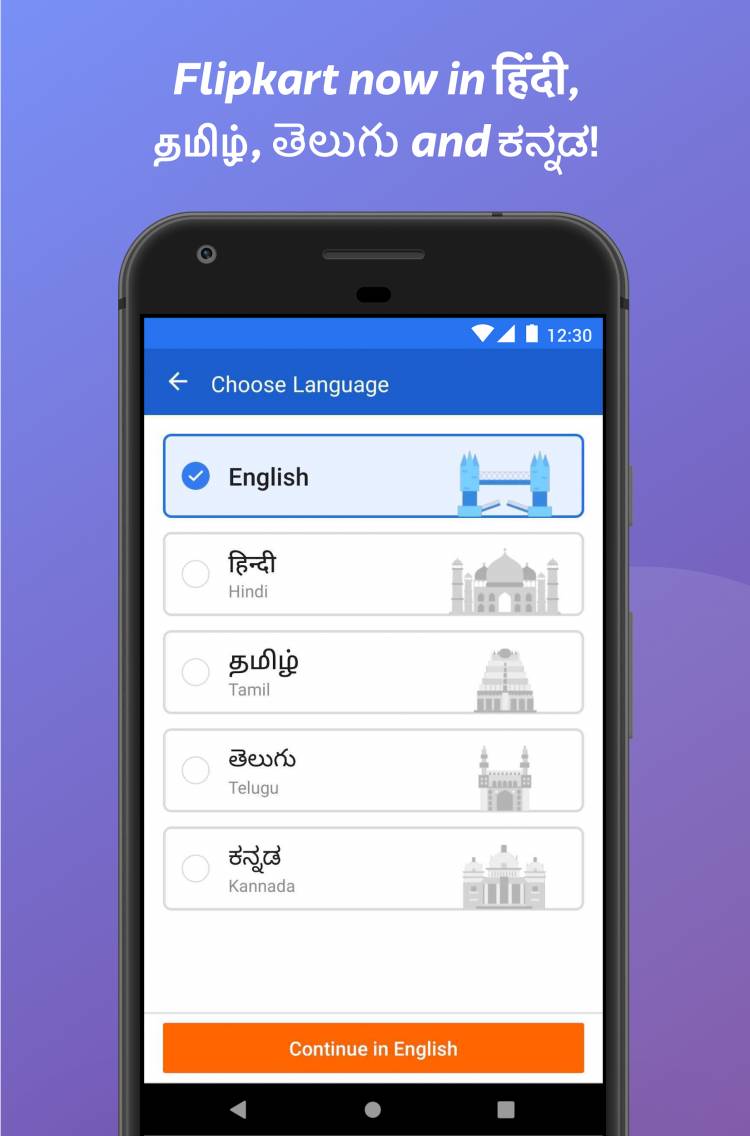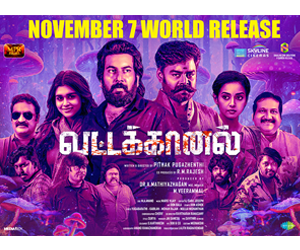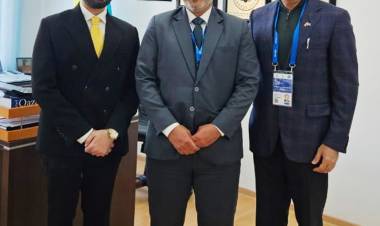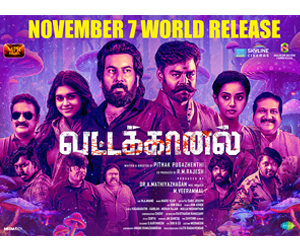Flipkart introduces 3 new regional language interfaces to make ecommerce more inclusive

*Introduces Tamil, Telugu and Kannada interfaces to offer native language e-commerce experience to consumers
*The made for India tech stack has been developed in house by Flipkart’s team of engineers
*Over 5.4 million words translated to help reduce the language barrier for users
Flipkart, India’s homegrown e-commerce marketplace, today enabled three new languages on its platform - Tamil, Telugu and Kannada as part of its vision to make online commerce more inclusive and accessible for Indian language users. This launch will help reduce the access barriers to e-commerce for native language speakers. Following the launch of Hindi interface last year, the new regional languages interface have been built on Flipkart’s ‘Localization and Translation Platform’ that will empower customers to comfortably undertake an end-to-end ecommerce journey in their local language, with ease.
The introduction of 3 vernacular interfaces, is in line with Flipkart’s aim of developing state-of-the-art innovations to solve for the various pain points of consumers transitioning to e-commerce. According to industry reports*, Indian language internet users are expected to account for nearly 75% of India’s internet user base by 2021.
This growing base of language users, primarily from smaller towns, makes it extremely important to enable e-commerce in regional languages to offer a more personalised experience. This will also enable millions of consumers across the country to have an engaging online shopping experience in their native languages. As Southern states account for a significant proportion of Flipkart’s growing user base coupled with a higher adoption rate of native language script, regional language interfaces will help make e-commerce more inclusive.
User Research
The new language interfaces use a judicious mix of translated and transliteration of words to make shopping more engaging for consumers. This follows an ethnographic study that was conducted over several months to get relevant insights that helped the team develop a platform that enables consumers to interact with the platform in their own language and encourage independence in purchase decisions.
The ethnography study involving meetings with participants across cities including Salem, Visakhapatnam and Mysore helped gather insights about consumers’ distinctive language behaviour across these regions and brought forward interesting insights to be implemented. This included a large scale translation of over 5.4 million words across product specifications, banners and payment pages etc., in the three languages.




















